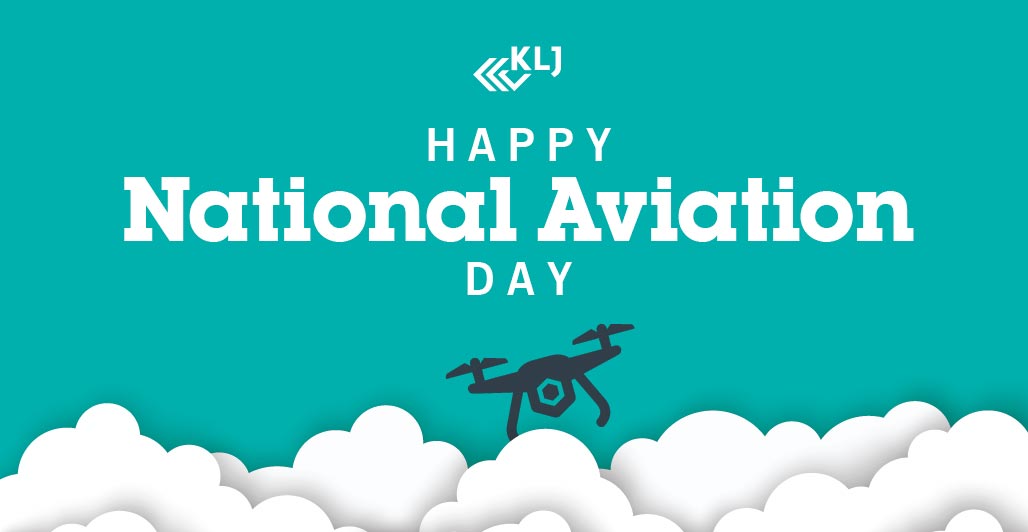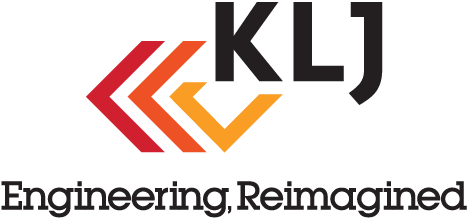Aerial Imagery and Beyond: Using UAS to Save Time and Resources

Unmanned aerial systems (UAS), better known as drones, is a rapidly evolving technology that has quickly become more and more integrated into society. The ability to fly drones in the right circumstances allows both KLJ and our aviation clients to take a growing technology and make it a vital part of their project.
KLJ has found that by using video, photography, and renderings collected by a drone, we are able to easily portray information to decision makers and the community. We can efficiently capture the condition of pavement, markings, fixtures, and facilities providing both documentation as well as enabling follow up desktop reviews by our engineers and planners. This minimizes staff time on the airfield and reduces the occupancy of the runway. As construction is underway, our UAS pilots can capture a view of the process at critical moments. When the need arises to gather the height of obstructions in a focused area, UAS can efficiently collect the data and provide valuable detail in a three-dimensional space for the applicable design surface evaluation.
“Many airports were introduced to the hazards associated with UAS before they had a chance to see how they could actually benefit from the technology,” Channel said. “We’re able to show our clients the true benefit of using UAS – the time saving element. With obstacle evaluation for example, it’s much faster and less expensive to send someone out with a drone than it is to send three or four people out to survey a 600-acre plot of land.”
KLJ is also working to create safe highways in the sky by offering education and resources to our airport clients. For example, KLJ recommends that airports include information on their website about state and federal UAS regulations, and a map of airport safety zones for UAS pilots to use.
“That’s what we’re here for, for our clients.” Zielike said. “We work together, to better understand information about drone activity and usability, along with regulations, and FAA requirements, so that airports can utilize UAS, integrate UAS operations into their environment, and engage with their surrounding community.”
UAS has quickly become a valuable tool in our arsenal and as the technology continues to advance and become more common place, so will the ways in which we use UAS for our aviation clients always striving to support their operation and vision.
For more information on how UAS might help on your next airport project, contact Amber Channel at amber.channel@kljeng.com or Andrew Zielike at andrew.zielike@kljeng.com.
